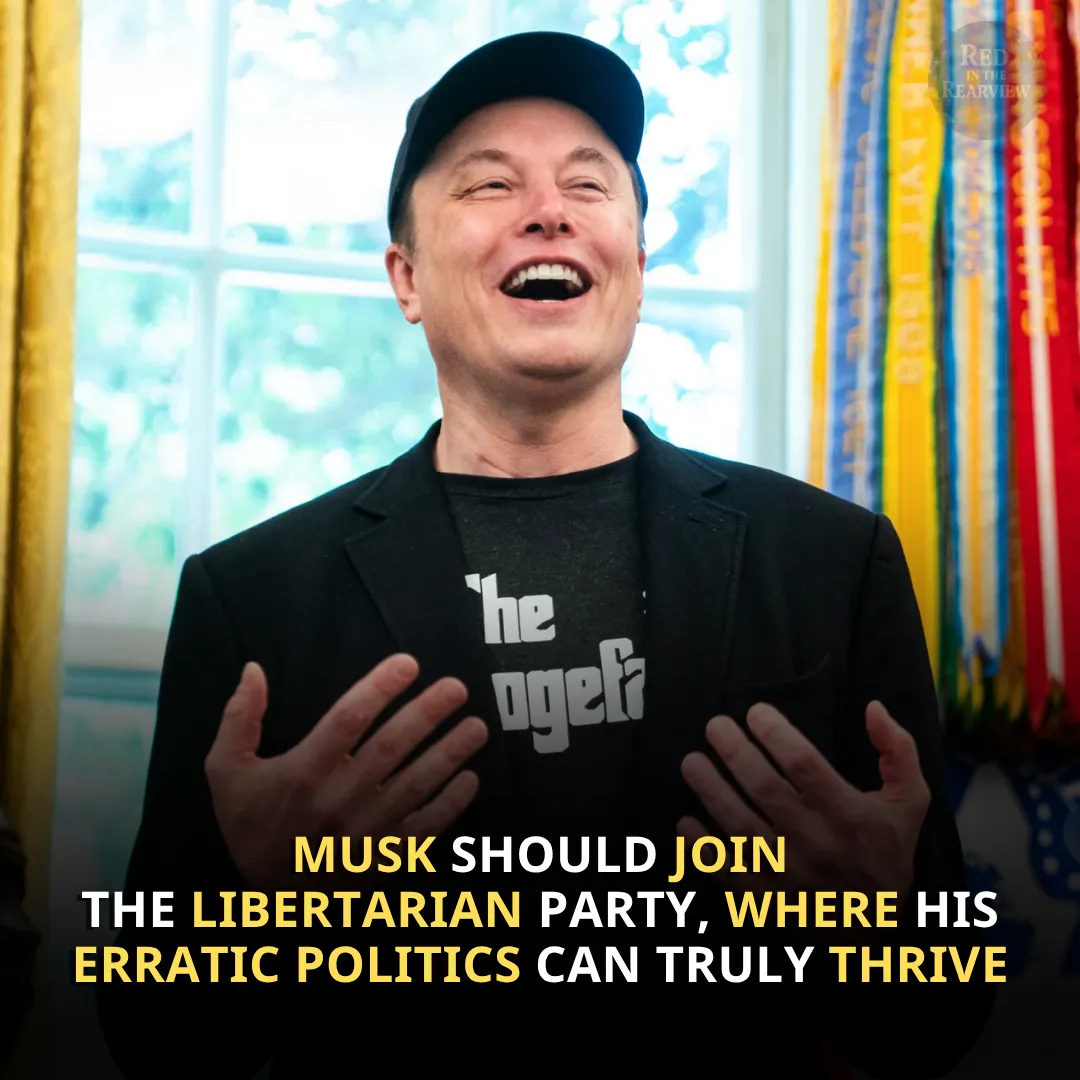
The global financial community is once again focused on Washington as the Federal Reserve convenes for its latest policy meeting. Markets, analysts, and policymakers around the world are closely watching the central bank’s every move, searching for clues about how Federal Reserve Chair Jerome Powell and his colleagues intend to steer the U.S. economy through the turbulence of high inflation, slowing growth, and lingering uncertainty.
The most pressing question concerns Powell’s outlook—whether he will lean hawkish, signaling a determination to keep interest rates elevated to tame inflation, or adopt a more dovish tone, suggesting that the fight against rising prices has made enough progress to justify easing policy in the near future.
A recent discussion on Reuters World News’ podcast captured the stakes. “If Powell is leaning hawkish … that means they're still not ready to treat the Trump tariffs and the Trump changes in the economy as a source of temporary inflation that's going to go away in a few months,” a commentator noted.
That observation reflects the ongoing debate about whether the inflationary pressures tied to policy shifts from the Trump era—particularly tariffs—are structural and lasting, or short-term distortions that will fade on their own.
The Trump administration’s economic policies, particularly its aggressive use of tariffs, reshaped the trade landscape. Tariffs imposed on Chinese goods, steel, aluminum, and other imports raised costs for U.S. businesses and consumers.
While advocates of the tariffs argued they protected American jobs and leveled the playing field against foreign competitors, critics pointed to their inflationary impact, as companies often passed higher costs along to consumers.
Today, the question is not whether tariffs had an impact—they clearly did—but whether those effects are temporary or permanent. If Powell and the Fed view them as structural, they may believe higher rates are necessary for longer to counteract persistent inflation.
If they see them as transitory, the Fed could be more willing to shift toward lower rates once broader economic data suggests inflation is moderating.
Understanding Powell’s tone is essential because financial markets interpret every word of the Fed chair as a signal. A hawkish Powell implies higher interest rates for longer, potentially weighing on stocks, tightening credit, and slowing housing and business investment.
A dovish Powell, by contrast, would boost hopes for lower borrowing costs and a softer landing for the economy.
Recent months have seen inflation remain above the Fed’s traditional 2% target. While progress has been made since the peak levels of the post-pandemic surge, price pressures persist in key sectors such as housing, energy, and services.
At the same time, job growth has shown signs of slowing, with unemployment edging higher, fueling concerns that the Fed could over-tighten and push the economy into recession.
This tension places Powell in a delicate position. Lean too hawkish, and he risks damaging growth. Lean too dovish, and he risks allowing inflation expectations to become unanchored.
The Federal Reserve’s decisions ripple far beyond U.S. borders. Higher interest rates strengthen the dollar, making it more expensive for emerging markets to service dollar-denominated debt.
Conversely, lower rates can ease pressure on global markets, providing relief for international borrowers but potentially weakening the dollar and boosting commodity prices.
Thus, Powell’s words will be parsed not only by Wall Street traders but also by finance ministers, central bankers, and business leaders across the globe.

The Federal Reserve, often described as the world’s most powerful central bank, sets a tone that influences monetary policy far beyond U.S. shores.
The mention of Trump tariffs in the Reuters World News podcast highlights how past policy decisions continue to shape the current economic landscape.
The tariffs were not designed with inflation in mind; they were political tools aimed at reshaping global trade. Yet their side effect has been to inject a layer of cost pressures into the U.S. economy that policymakers must now contend with.
The broader Trump economic agenda—tax cuts, deregulation, and industrial policy shifts—also contributed to the environment Powell must navigate.
Supporters of these policies argue they bolstered growth and competitiveness. Critics contend they left structural imbalances, including budget deficits and trade disruptions, that exacerbate today’s challenges.
For Powell, the task is not to judge the wisdom of those policies but to manage their economic consequences in real time. Whether tariffs are ultimately inflationary only in the short term or represent a longer-term challenge will help determine the trajectory of monetary policy in the months ahead.
Leading into today’s meeting, financial markets have been divided. Some investors believe Powell will maintain a hawkish posture, reinforcing the message that the Fed’s work on inflation is not yet complete.
Others expect a subtle pivot toward dovishness, perhaps by acknowledging the risks of overtightening while leaving the door open to rate cuts later this year or early next year.
:max_bytes(150000):strip_icc()/GettyImages-2195985853-30b15ad97e3046e5a417b39e05d32a32.jpg)
Bond markets, in particular, are sensitive to Powell’s tone. A hawkish stance would push yields higher, reflecting expectations of sustained restrictive policy. A dovish tilt would likely lower yields, boosting bond prices and easing borrowing conditions.
Equity markets are equally responsive. Growth stocks, especially in technology, tend to benefit from lower interest rates. Financials and energy, by contrast, can sometimes thrive in higher-rate environments. Thus, investors across sectors are poised to react swiftly to Powell’s words.
The health of the labor market remains a central variable in the Fed’s calculus. Despite recent signs of slowing job creation, unemployment remains relatively low by historical standards.
Wage growth has also shown resilience, raising questions about whether underlying inflationary pressures in the labor market could persist.
Powell has repeatedly stressed the importance of achieving a balance: maintaining strong employment without allowing inflation to spiral. This dual mandate—maximum employment and stable prices—remains the core challenge of the Fed’s mission.
Complicating matters further is the political backdrop. The Federal Reserve is designed to be independent, yet its actions inevitably intersect with political debates.
Some Republicans have urged the Fed to lower rates to spur growth, particularly as election season approaches. Democrats, meanwhile, warn against easing too soon and risking another inflation surge that could erode household purchasing power.
The focus on Trump-era policies underscores how partisan divides over economic strategy continue to shape the present. Powell must navigate these crosscurrents carefully, projecting independence while making decisions that are inherently political in their impact.
More than the actual policy decision, Powell’s press conference will be the focal point for analysts and investors. The Fed chair has developed a reputation for being cautious and deliberate, choosing his words carefully to avoid unnecessary market volatility. Yet even small shifts in language can have outsized effects.
Will he emphasize the risk of entrenched inflation, signaling more hikes ahead? Or will he highlight the fragility of job growth, hinting at future easing? Each phrase will be dissected, compared to prior statements, and interpreted for meaning.
As the meeting unfolds, observers will focus on several key indicators:
-
The policy statement – Any changes in wording on inflation, growth, or labor markets will provide clues.
-
The dot plot – Projections of future rate paths by individual Fed members reveal the internal consensus.
-
Powell’s tone – Hawkish or dovish language could shift expectations dramatically.
-
Discussion of tariffs and Trump-era policies – References to structural versus temporary inflation drivers may indicate the Fed’s broader framework.
-
Global references – Any acknowledgment of international financial stress could suggest a more cautious path.
Today’s Federal Reserve meeting represents another pivotal moment in the ongoing battle to manage inflation without stifling growth. The debate over whether Trump-era tariffs and economic changes represent temporary or lasting sources of inflation sits at the heart of the policy challenge.

“If Powell is leaning hawkish … that means they're still not ready to treat the Trump tariffs and the Trump changes in the economy as a source of temporary inflation that's going to go away in a few months,” the Reuters World News podcast observed.
That framing encapsulates the stakes: the Fed must decide whether to keep its foot on the brake or begin easing off, knowing that either path carries risks.
For businesses, households, and governments worldwide, the outcome will shape borrowing costs, investment decisions, and financial stability. For Powell, it is another test of his ability to balance competing pressures with clarity and resolve.
As the meeting concludes and Powell steps before the cameras, all eyes and ears will be tuned in. The message he delivers could reverberate for months to come, shaping the trajectory of not only the U.S. economy but also the global financial system.
:max_bytes(150000):strip_icc()/GettyImages-2235972392-5d0617c5a38f4c3eb1dfe21ceb36b79a.jpg)
:max_bytes(150000):strip_icc()/Martinbuildingmeeting-eac7275193a6482292daa99bfbd38ea1.jpg)



